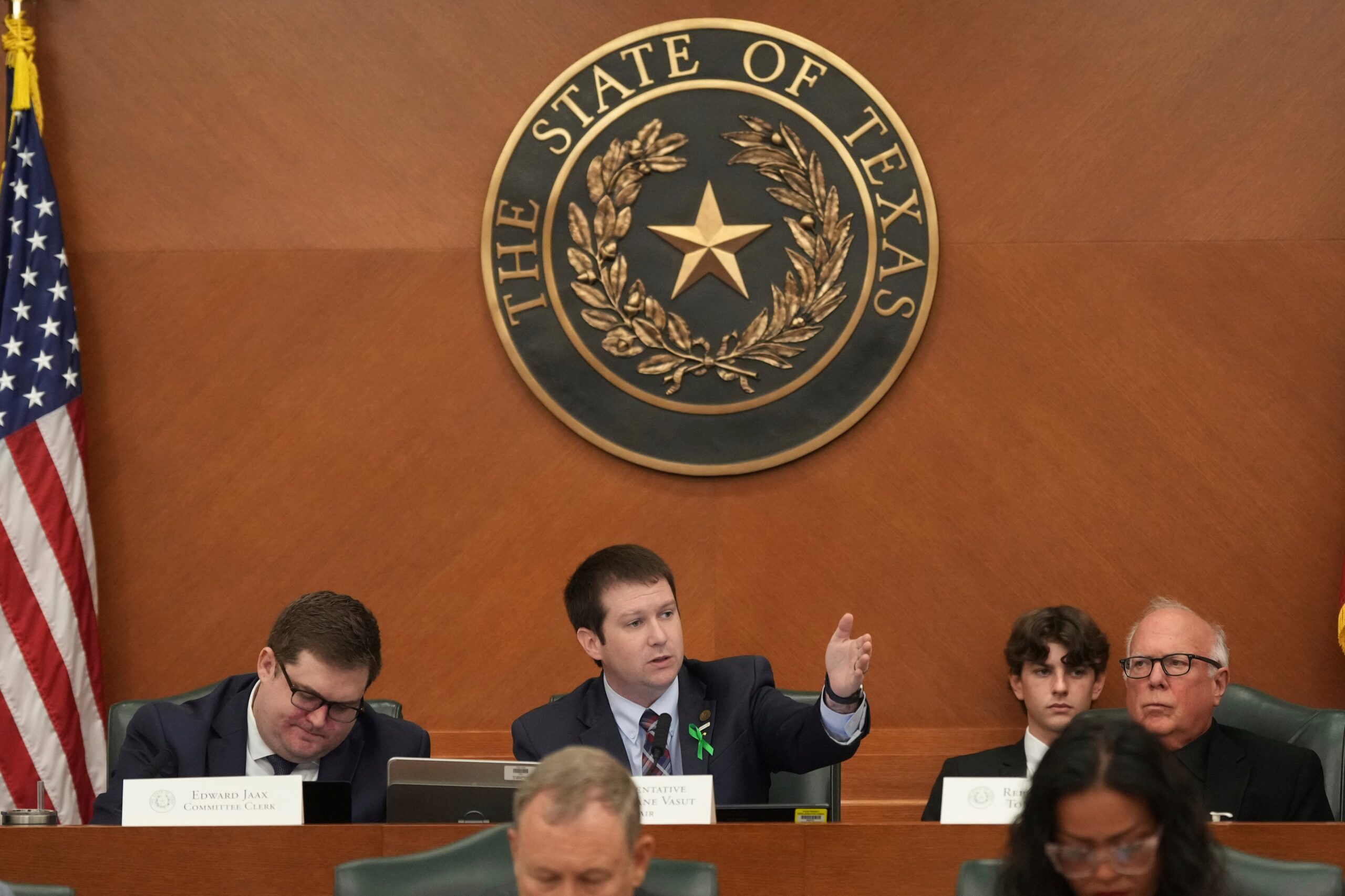Washington (AP) Redistricting typically occurs in reaction to a court decision or following the U.S. Census Bureau’s once-every-ten years population census. Republicans in Texas now wish to buck that tradition, and other states may do the same.
In order to send five more Republicans to Washington and make it more difficult for Democrats to retake the majority and thwart his agenda, President Trump has requested the Texas Legislature to draft districts in time for the midterm elections next year. In the House, the state holds 38 seats. After a Democrat passed away, one seat became empty, leaving Republicans in 25 and Democrats in 12.
Doug Spencer, the Rothgerber Jr. Chair in Constitutional Law at the University of Colorado, stated that there have been increased attempts by the political parties and players to push the boundaries both literally and figuratively in order to change the nature of the game.
Other states are awaiting Texas’s actions and deciding whether to emulate them.
Since every state has its own set of regulations and processes, redistricting laws can be ambiguous and inconsistent. Voters’ tolerance for politically influenced mapmaking is being measured by politicians.
What you should know about congressional redistricting regulations is as follows:
When does redistricting normally happen?
In order to allocate the 435 House seats among the 50 states according to the most recent head count, the Census Bureau gathers population statistics every ten years.
This procedure is called reapportionment. States whose populations stagnated or decreased can lose seats to those whose populations increased in comparison.
States set boundaries for the allotted number of districts according to their respective protocols. Only one congressman is assigned to the smallest states, making the entire state a single congressional district.
Independent commissions are mandated by certain state constitutions to advise the legislature or draw political borders. Legislators that take the initiative run the danger of setting boundaries that are later contested in court, typically for allegedly breaching the Voting Rights Act. Mapmakers are given another opportunity to produce fresh maps. Judges occasionally create the maps themselves.
Is midcycle redistricting allowed?
Each state has its maps ready by the first midterm elections following the most recent population count, but those districts don’t always remain in place. The political lines may be declared unlawful by courts.
A state may attempt to redesign districts in the midst of the decade for political reasons, such as boosting representation for the ruling party, without facing any national obstacles.
According to Spencer, redistricting regulations simply mandate that you redistrict following each census. The state legislators then became a little astute and remarked, “Well, it doesn’t say we can’t do it more.”
Some states do have legislation that would make it difficult or impossible to redistrict in a way that favors one party in the middle of a cycle.
Governor Gavin Newsom, a Democrat from California, has threatened to use his state’s more advantageous Democratic seats as payback for the GOP’s assault in Texas. However, a constitutional change that calls for an impartial panel to oversee the procedure complicates that objective.
Is Texas effort unprecedented?
Texas has already done it.
Following the 2000 census, a federal court produced its own redistricting map after the Legislature was unable to reach a consensus.
Tom DeLay, a Republican from Texas who was the majority leader of the U.S. House at the time, believed that his state should have five additional party-friendly districts. At the moment, he declared, “We want more seats, and I am the majority leader.”
Democrats in the statehouse fled to Oklahoma in protest, denying the legislature the necessary number of votes to formally do anything. However, DeLay eventually succeeded, and in 2004, Republicans took five seats away from Democrats.
What do the courts say about gerrymandering?
The Supreme Court declared in 2019 that federal courts should stay out of discussions about political gerrymandering, which is the process of creating districts for political purposes. Chief Justice John Roberts stated in the ruling that redistricting is extremely political.
However, if courts feel that the congressional boundaries violate the Voting Rights Act by diluting the votes of a racial minority group, they may order new maps.
Could other states follow suit?
At a Christian Science Monitor event, Washington Representative Suzan DelBene, the head of the House Democrats campaign arm, said that Democratic-led states would examine their own political lines if Texas moves forward with approving new maps.
People nationwide will undoubtedly react if they continue in this direction, DelBene stated. As Republicans attempt to silence the voices of the American people, we will not stand by and watch helplessly.
Newsom and Democratic Governor Kathy Hochul of New York have stated that they would be open to pursuing mid-decade redistricting. However, state legislation requiring independent panels or limiting gerrymandering power would be relevant.
Ohio, which is required by state law to redraw its boundaries prior to the 2026 midterm elections, may attempt to increase the GOP’s 10-5 advantage in the House delegation among Republican-led states.
Governor Ron DeSantis of Florida stated that he was thinking about early redistricting and figuring out what that would entail.






